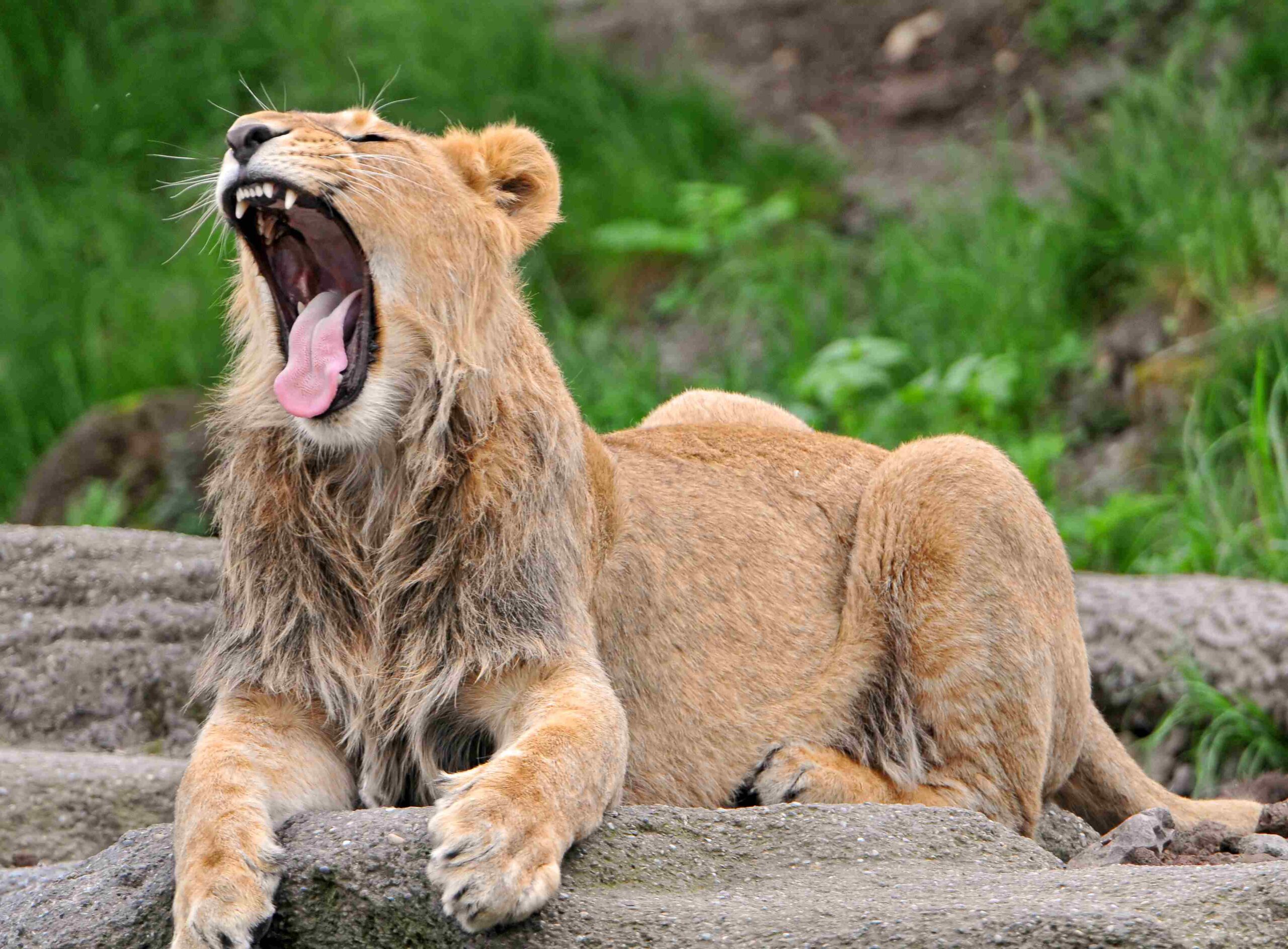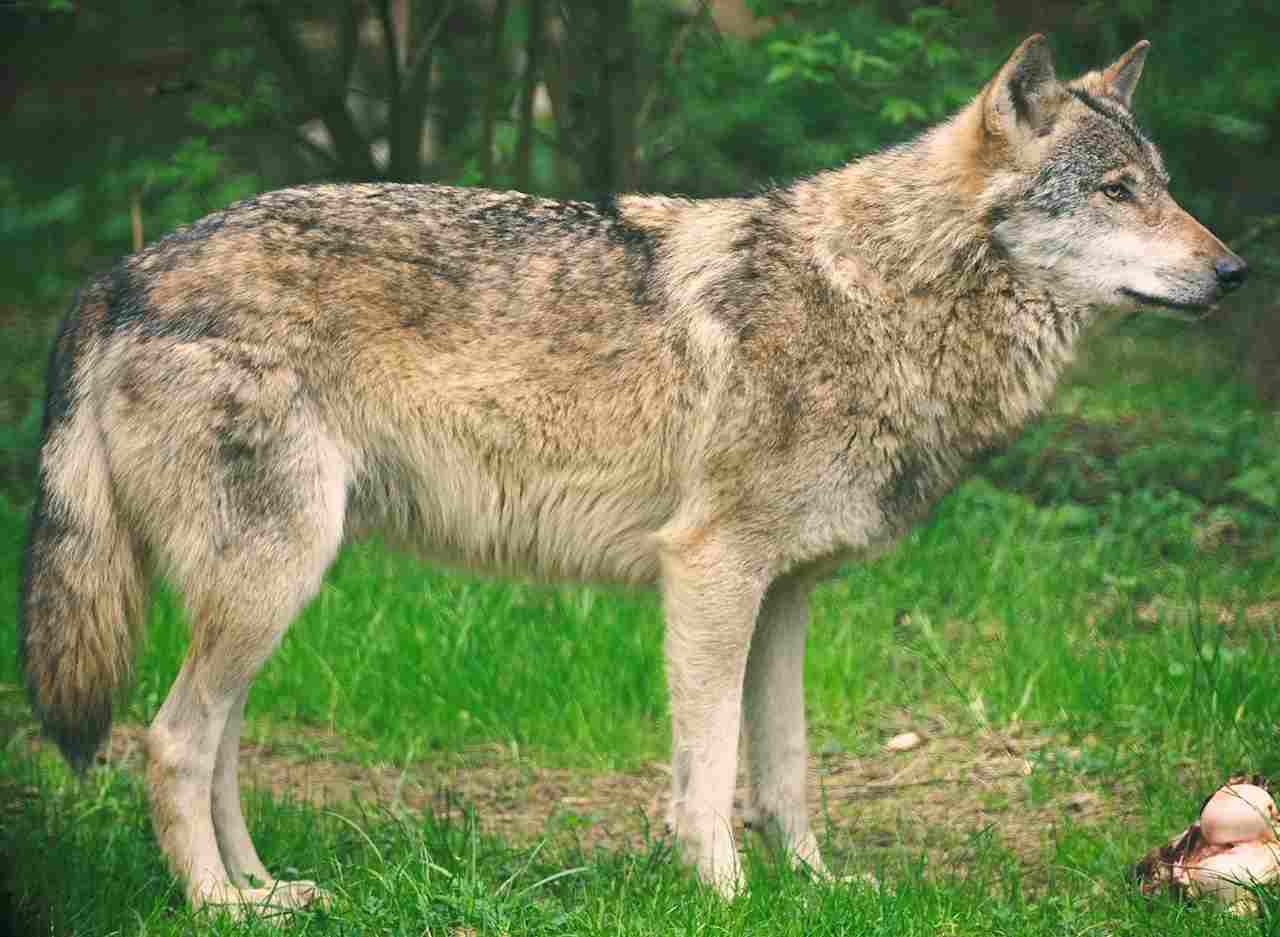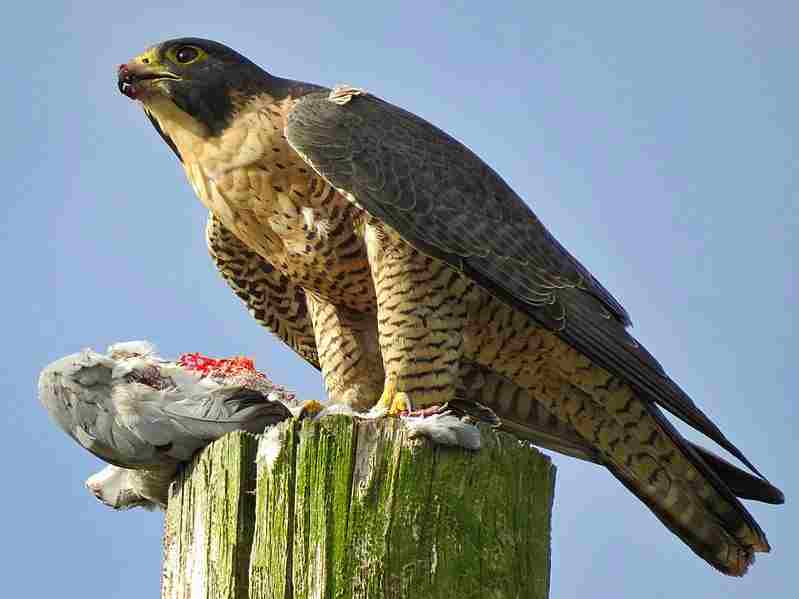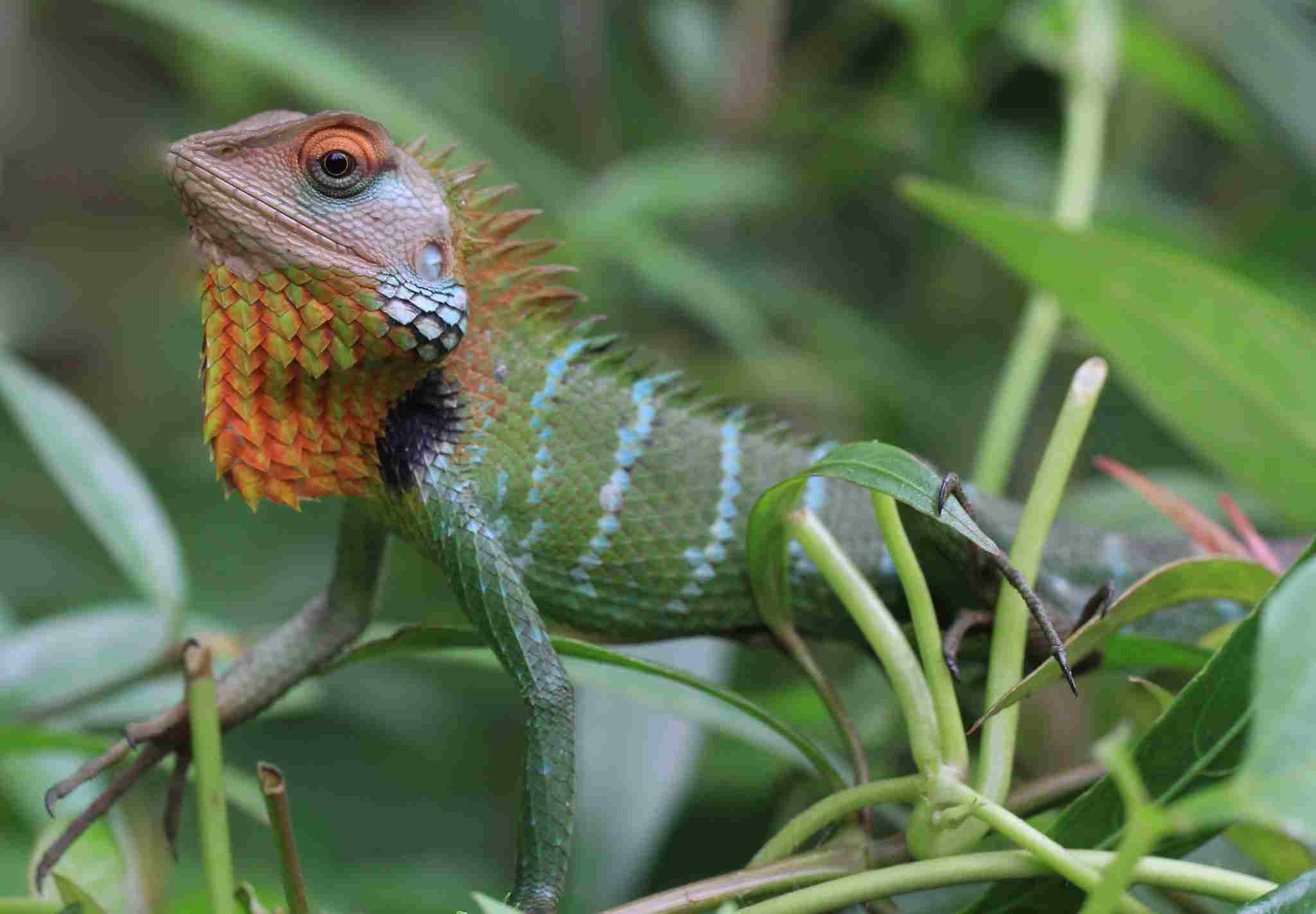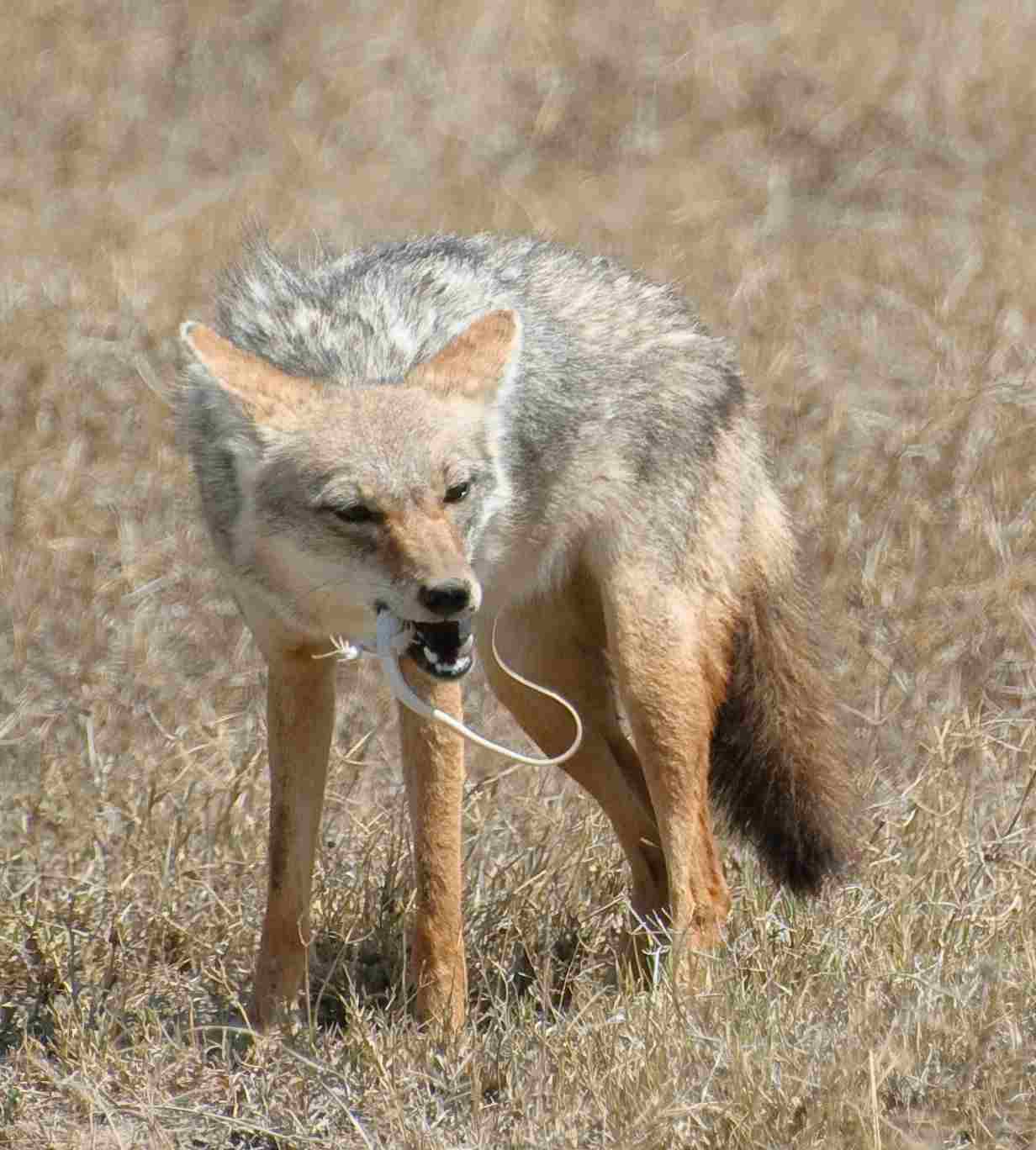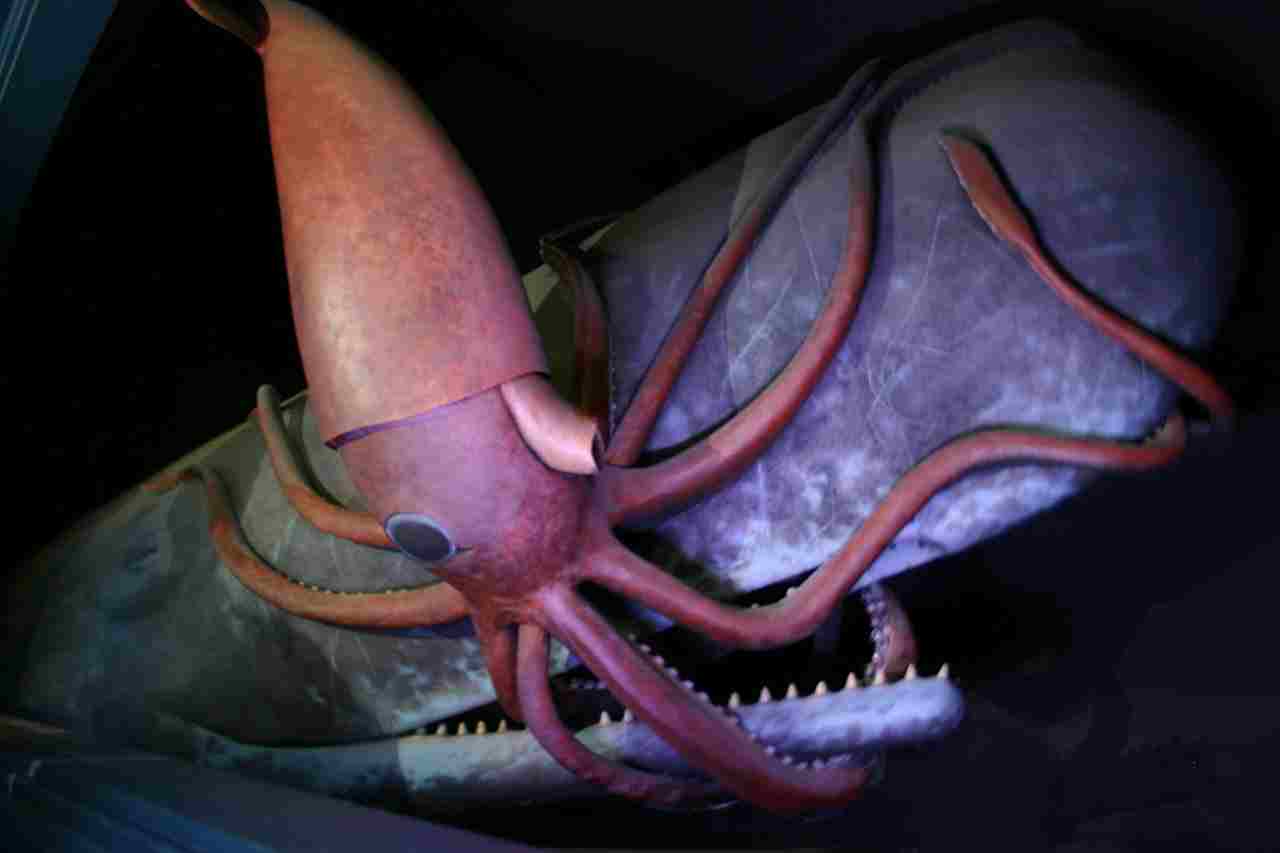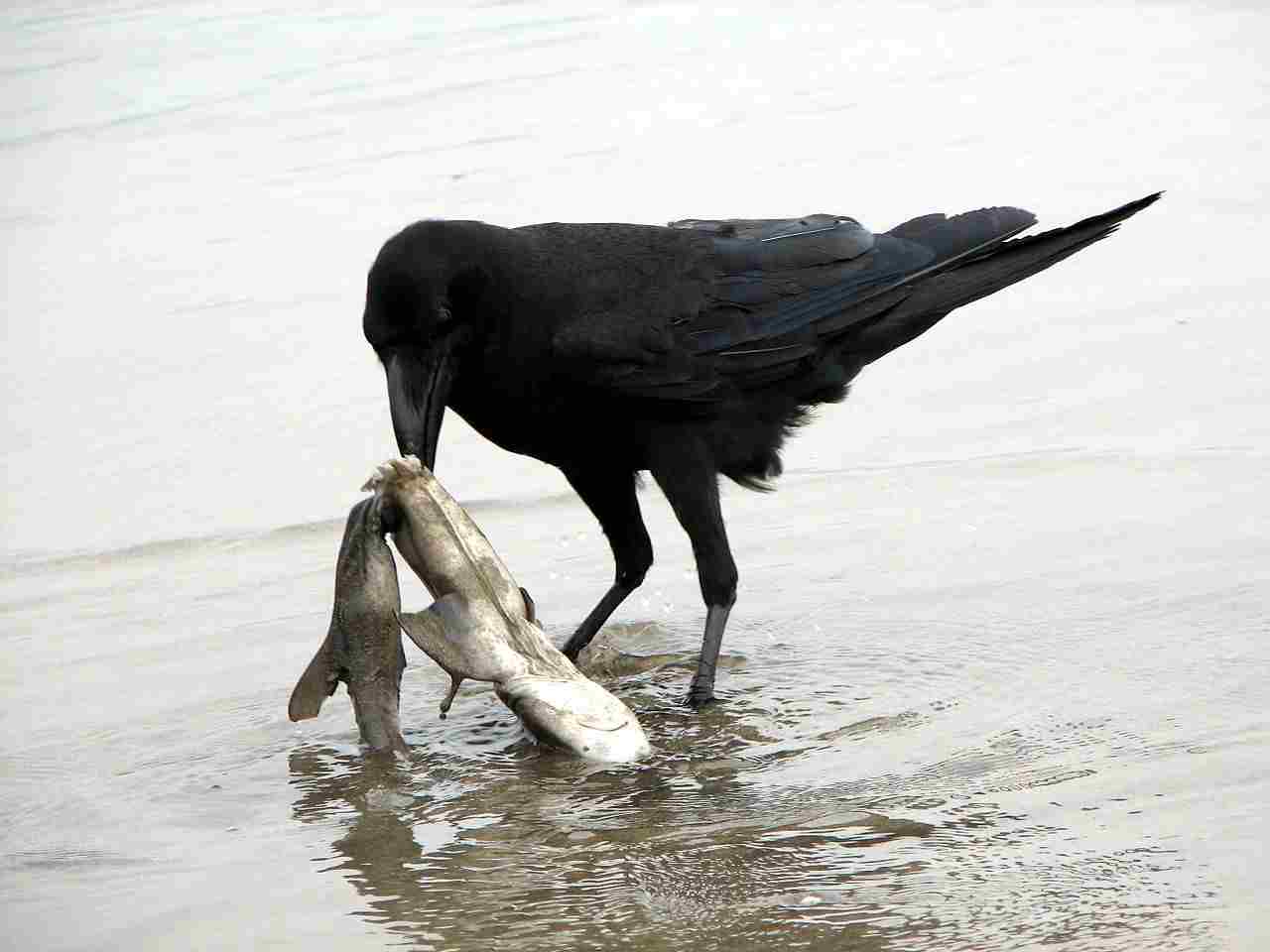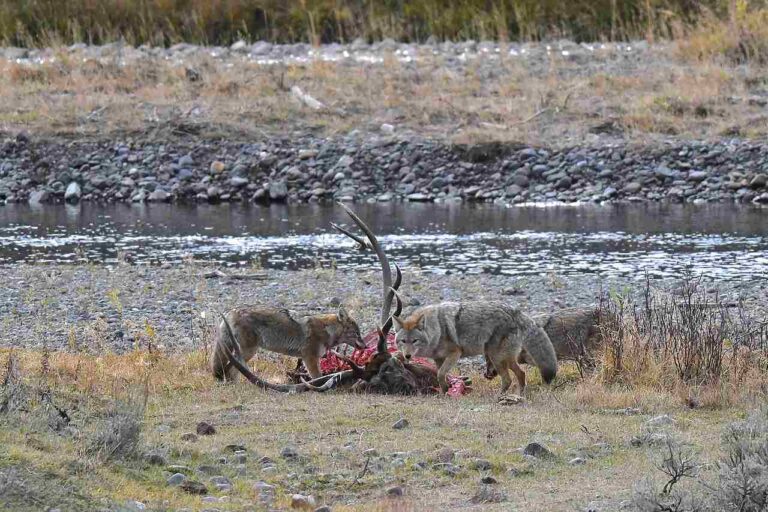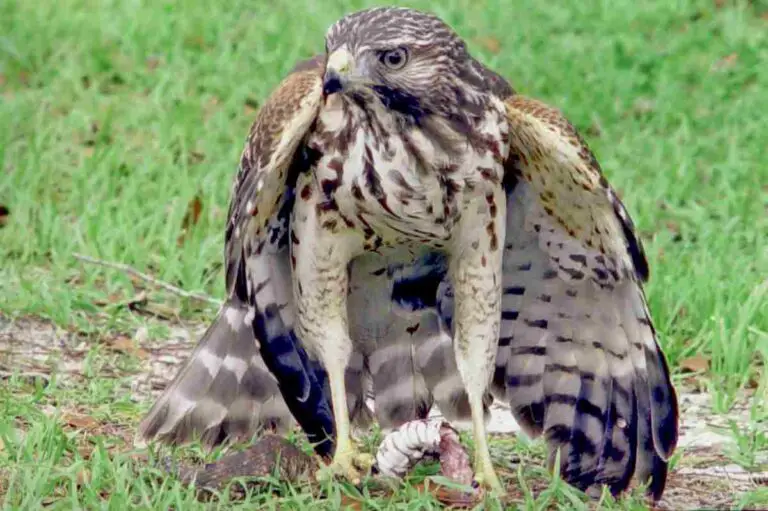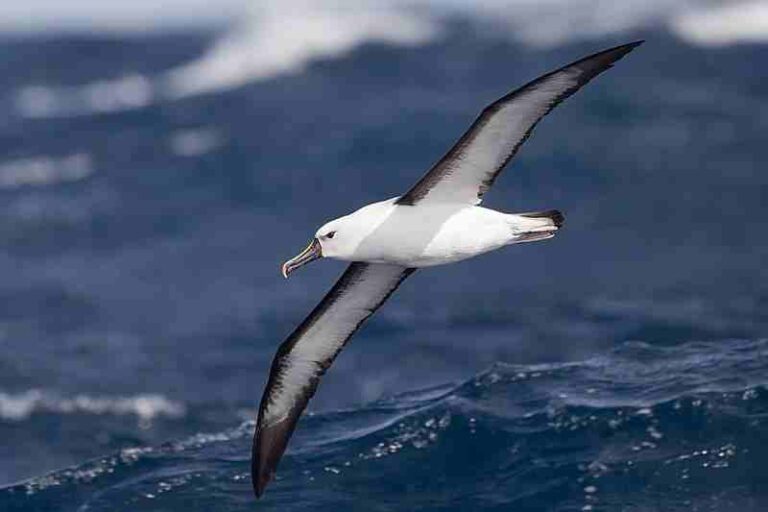What are Carnivores in a Food Web? Explained
In a food web, carnivores play a crucial role as consumers that primarily feed on other animals. These organisms are vital for maintaining the balance and health of ecosystems by regulating the population of prey species. Carnivores are distinguished by their predatory behavior, where they hunt, capture, and consume other animals for sustenance. Their presence shapes the dynamics of the food web, influencing the distribution and abundance of both predator and prey populations.
Carnivores exhibit various characteristics that enable them to thrive in their ecological niche. They often possess sharp teeth and claws for efficiently capturing and killing their prey. Many carnivores also have well-developed senses, such as keen eyesight, hearing, and smell, which aid them in locating and stalking their prey. Additionally, carnivores typically have a digestive system adapted to processing animal tissue, allowing them to extract essential nutrients from their prey.
Examples of carnivores in a food web range from large apex predators like lions and wolves to smaller predators such as spiders and snakes. These organisms occupy different trophic levels within the food web, with apex predators often sitting at the top of the hierarchy and exerting significant influence on the structure and function of the ecosystem.
Overall, carnivores play a vital role in maintaining the balance of energy flow and nutrient cycling within ecosystems. Their presence helps regulate prey populations, preventing overgrazing or overpopulation of certain species. By controlling herbivore populations, carnivores indirectly influence plant communities, which in turn affects the entire ecosystem. Thus, understanding the role of carnivores in a food web is essential for conservation efforts and ecosystem management.
General Characteristics of Carnivores
Carnivores exhibit a range of characteristics that distinguish them as predators within the food web. These traits are adaptations that enable them to efficiently hunt, capture, and consume other animals for sustenance. One key characteristic of carnivores is their specialized dentition, featuring sharp teeth designed for tearing flesh and crushing bones. Additionally, many carnivores possess claws or talons that aid in grasping and subduing their prey.
Another characteristic of carnivores is their well-developed sensory systems, particularly sight, smell, and hearing. These senses help carnivores locate and track potential prey over varying distances and terrains. For instance, predators like eagles have keen eyesight, allowing them to spot prey from great heights, while predators like wolves rely on their acute sense of smell to track down animals over long distances.
Carnivores also exhibit hunting behaviors suited to their ecological niche. Some species are solitary hunters, relying on stealth and ambush tactics to catch their prey, while others are pack hunters that cooperate to bring down larger animals. The hunting strategies of carnivores are often influenced by factors such as habitat, prey abundance, and social structure.
Examples of Carnivores in a Food Web
Carnivores encompass a diverse range of organisms across various ecosystems, each occupying a specific niche within the food web. Examples of carnivores include apex predators like lions, tigers, and bears, which play a critical role in regulating prey populations and shaping ecosystem dynamics. These large predators often have broad diets and can prey on a variety of animals, from ungulates to smaller mammals and birds.
In addition to terrestrial predators, aquatic ecosystems are home to carnivorous species such as sharks, crocodiles, and predatory fish like barracuda and pike. These aquatic carnivores occupy different trophic levels within the food web, with some species acting as top predators while others target specific prey species.
Furthermore, smaller carnivores such as spiders, snakes, and carnivorous insects also play important roles in controlling populations of smaller animals like insects and rodents. These organisms contribute to the overall balance of energy flow and nutrient cycling within ecosystems, despite their smaller size relative to apex predators.
What Are the Carnivores in the Food Chain?
Carnivores, within the food chain, occupy a critical position as secondary or tertiary consumers. They obtain energy and nutrients by preying on other animals within the ecosystem. The presence of carnivores influences the abundance and distribution of prey species, as well as the structure of the entire food chain. Carnivores may specialize in hunting specific prey species, or they may have a more generalist diet, depending on factors such as habitat, prey availability, and competition with other carnivores.
Within the food chain, carnivores serve as regulators of population dynamics, helping to prevent the unchecked proliferation of herbivores and maintaining ecological balance. Apex predators, in particular, exert top-down control over the abundance of prey species, which cascades down through lower trophic levels, ultimately affecting vegetation and other aspects of the ecosystem. The interactions between carnivores and their prey shape the flow of energy and nutrients within the food chain, influencing the overall productivity and stability of the ecosystem.
Importance of Carnivores to the Food Chain and Web
Carnivores play a crucial role in the functioning and stability of both food chains and food webs. By consuming herbivores and other prey species, carnivores help regulate population sizes and prevent overgrazing or overpopulation of certain species. This regulation, in turn, has cascading effects throughout the ecosystem, impacting the abundance and diversity of other organisms, including plants and smaller consumers.
Furthermore, carnivores contribute to the maintenance of biodiversity by controlling the populations of prey species and preventing any one species from dominating the ecosystem. This diversity is essential for the resilience and adaptability of ecosystems in the face of environmental changes and disturbances. Additionally, carnivores facilitate the transfer of energy and nutrients through the food chain, as the consumption and decomposition of prey biomass contribute to nutrient cycling and soil fertility.
Overall, carnivores are integral components of food chains and webs, exerting top-down control over ecosystem dynamics and contributing to the stability and functioning of natural ecosystems. Understanding the importance of carnivores is essential for conservation efforts aimed at preserving biodiversity and ecosystem integrity.
What Are the Carnivores in the Food Chain?
In a food chain, carnivores occupy a crucial position as consumers that feed on other organisms. They are typically classified as secondary or tertiary consumers, depending on their position in the chain. Carnivores obtain energy and nutrients by preying on herbivores or other carnivores, thus serving as regulators of population dynamics within ecosystems.
The diversity of carnivores within a food chain is vast, ranging from large apex predators like lions and sharks to smaller predators such as spiders and predatory insects. Each carnivore species has its own unique adaptations and hunting strategies suited to its ecological niche and prey preferences. Some carnivores are generalists, consuming a wide variety of prey species, while others are specialists, targeting specific types of organisms.
Importance of Carnivores to the Food Chain and Web
Carnivores play a fundamental role in maintaining the balance and stability of food chains and webs. By controlling the populations of herbivores and other prey species, carnivores help regulate ecosystem dynamics and prevent the unchecked proliferation of certain organisms. This regulation is essential for maintaining biodiversity and preventing ecosystem degradation.
Moreover, carnivores contribute to the flow of energy and nutrients through ecosystems by consuming and decomposing prey biomass. This process facilitates nutrient cycling and maintains the productivity of ecosystems over time. Additionally, carnivores influence the distribution and behavior of prey species, which can have cascading effects on other organisms within the food web.
Overall, carnivores are integral components of food chains and webs, exerting top-down control over ecosystem structure and function. Understanding the role of carnivores is essential for ecosystem management and conservation efforts aimed at preserving biodiversity and ecological integrity.
What Are Omnivores in a Food Web?
Omnivores are organisms within a food web that have the ability to consume both plant and animal matter. Unlike carnivores, which primarily feed on other animals, and herbivores, which primarily feed on plants, omnivores have a more varied diet, allowing them to exploit a wider range of food sources. This dietary flexibility enables omnivores to adapt to diverse habitats and ecological conditions.
Omnivores possess a combination of anatomical, physiological, and behavioral adaptations that enable them to consume both plant and animal material. For example, omnivores may have teeth that are adapted for both grinding plant matter and tearing flesh, allowing them to efficiently process a variety of foods. Additionally, omnivores may exhibit opportunistic feeding behaviors, scavenging for carrion or consuming whatever food sources are readily available in their environment.
Examples of omnivores in a food web include humans, bears, pigs, and certain species of birds and rodents. These organisms play important roles in ecosystem dynamics by consuming a wide range of organic matter and contributing to nutrient cycling. The presence of omnivores adds complexity to food webs, as they interact with both herbivores and carnivores, influencing the flow of energy and nutrients through the ecosystem.
What Is a Herbivore in The Food Web?
Herbivores are organisms within a food web that primarily consume plant material as their source of energy and nutrients. These organisms play a vital role in ecosystem dynamics by converting plant biomass into animal biomass, thereby transferring energy and nutrients from producers (plants) to higher trophic levels. Herbivores encompass a diverse array of species, ranging from large mammals like deer and elephants to insects such as grasshoppers and caterpillars.
Herbivores have specialized adaptations for feeding on plant material, including anatomical structures such as grinding teeth or specialized digestive systems capable of breaking down tough plant fibers. Additionally, many herbivores exhibit selective feeding behaviors, preferring certain plant species or parts of plants over others based on nutritional content and availability.
The presence of herbivores influences plant community structure and composition, as their feeding activities can affect plant growth, reproduction, and distribution. In turn, changes in plant communities can have cascading effects on other organisms within the ecosystem, including predators, parasites, and decomposers. Thus, herbivores play a crucial role in shaping the structure and function of terrestrial and aquatic ecosystems around the world.
| Topic | Summary |
| What Are Carnivores in a Food Web? |
Carnivores are consumers in a food web that primarily feed on other animals. They possess adaptations such as sharp teeth and keen senses for hunting and play a crucial role in regulating prey populations.
|
| Characteristics of Carnivores |
Carnivores exhibit specialized dentition, sensory systems, and hunting behaviors suited to capturing and consuming prey. Examples range from apex predators like lions to smaller predators such as spiders.
|
| Examples of Carnivores in a Food Web |
Carnivores encompass a diverse range of organisms, including terrestrial predators like lions and aquatic predators like sharks. They occupy different trophic levels within the food web and regulate prey populations.
|
| What Are the Carnivores in the Food Chain? |
Carnivores occupy positions as secondary or tertiary consumers within food chains, preying on herbivores or other carnivores. They regulate population dynamics and contribute to the flow of energy and nutrients through ecosystems.
|
| Importance of Carnivores to the Food Chain and Web |
Carnivores play crucial roles in maintaining ecosystem balance and stability by controlling prey populations and facilitating nutrient cycling. They contribute to biodiversity and influence ecosystem structure and function.
|
| What Are Omnivores in a Food Web? |
Omnivores are organisms that consume both plant and animal matter. They exhibit dietary flexibility and include species like humans, bears, and certain birds and rodents.
|
| What Is a Herbivore in My Food Web? |
Herbivores primarily consume plant material and transfer energy and nutrients from producers to higher trophic levels. They have specialized adaptations for feeding on plants and influence plant community structure and composition.
|
